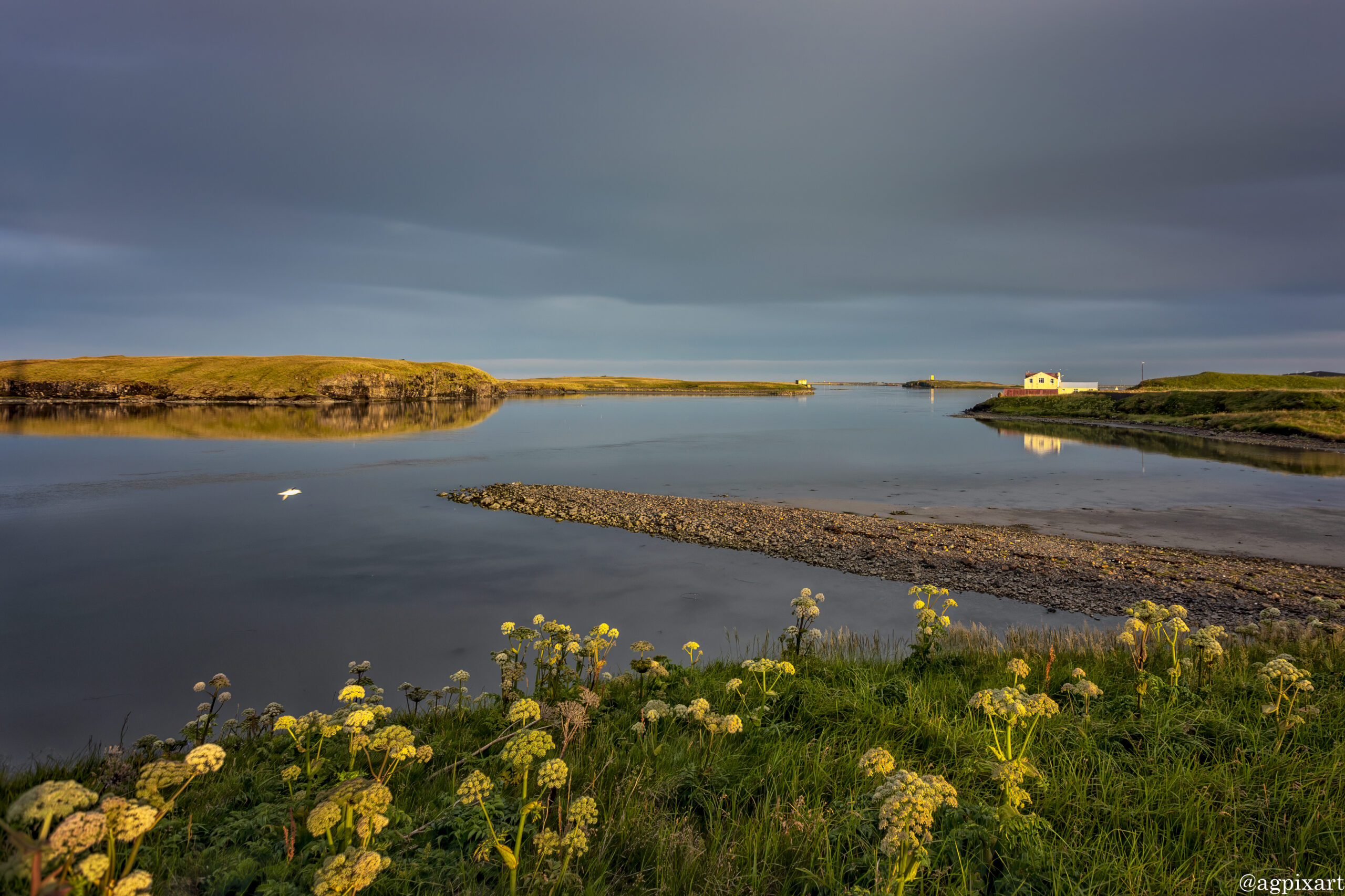The East and South East
The region that stretches from the eastern part of the Ring Road (Route 1) towards the southeast, encompassing areas from Höfn í Hornafirði to the edge of the southern coast.
It is characterized by its dramatic interplay of land and ice with its vast glaciers, waterfalls, and enchanting coastline. The region includes both highland areas and coastal plains.

Explore The East and South East
With its imposing glaciers, mighty volcanoes, waterfalls, and enchanting coastline, Southeast Iceland is a popular part of the Icelandic road trip circuit with visitors all year around. Expect crowds in summer months and slower times crossing one-way bridges. The shoulder seasons can provide a more solitary experience with fewer visitors.
The largest town in Southeast Iceland is Höfn í Hornafirði, often referred to simply as Höfn. It’s a fishing hub with a harbor and seafood restaurants, serving as a base for exploring the surroundings.
The main attraction in this region include Vatnajökull Glacier, Jökulsárlón Glacier Lagoon and Diamond Beach.
The East and South East
Instructions for photo proofing and comments:
Left-click on the photo to access options for title information (i), leave comment, or mark the photo(s) as the favorite. The option to submit the selected as favorite photos is under “Submit proofs” button under photo gallery.
